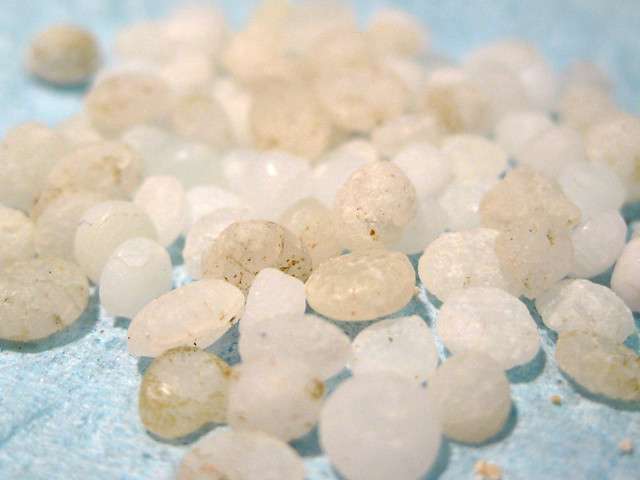Colored pigment is often added to naturally colored plastic pellets to alter final color results. Image Source: Flickr user tiffany terry \
Whichever method is used to alter the color of the plastic product, each one will undergo various changes throughout processing. Continual monitoring of color pigment, dissolved pigment, natural raw plastic materials, and final product color is needed to provide valuable data that can alert production changes and guarantee desired results.
Color Pigment Analysis
Plastic pellet color is most often analyzed before the pellets are extruded or molded into final products. Color pigment measurement is an important step towards ensuring that these raw materials will produce the desired color results. Spectrophotometers offer a quick and simple method of color pigment analysis that can be quantified and repeated to help maintain consistency and quality.
These materials often exhibit differences in shape, texture, and transparency. Therefore, color measurement instrumentation must be designed to measure a variety of sample attributes. From powdered color pigment to dissolved liquid samples to plastic pellet materials that vary in transparency, spectrophotometers rely on advanced geometric principles to accurately quantify color and develop the data need to reproduce these color effectively. Advanced spectrophotometers allow for rapid, in-line color process monitoring to continually monitor color changes and provide valuable feedback for processing adjustments and changes.



